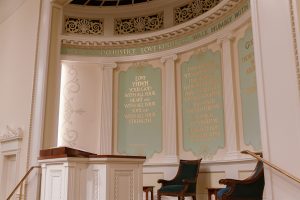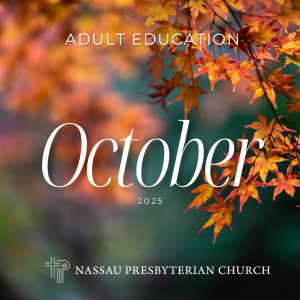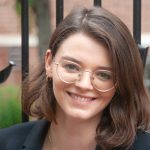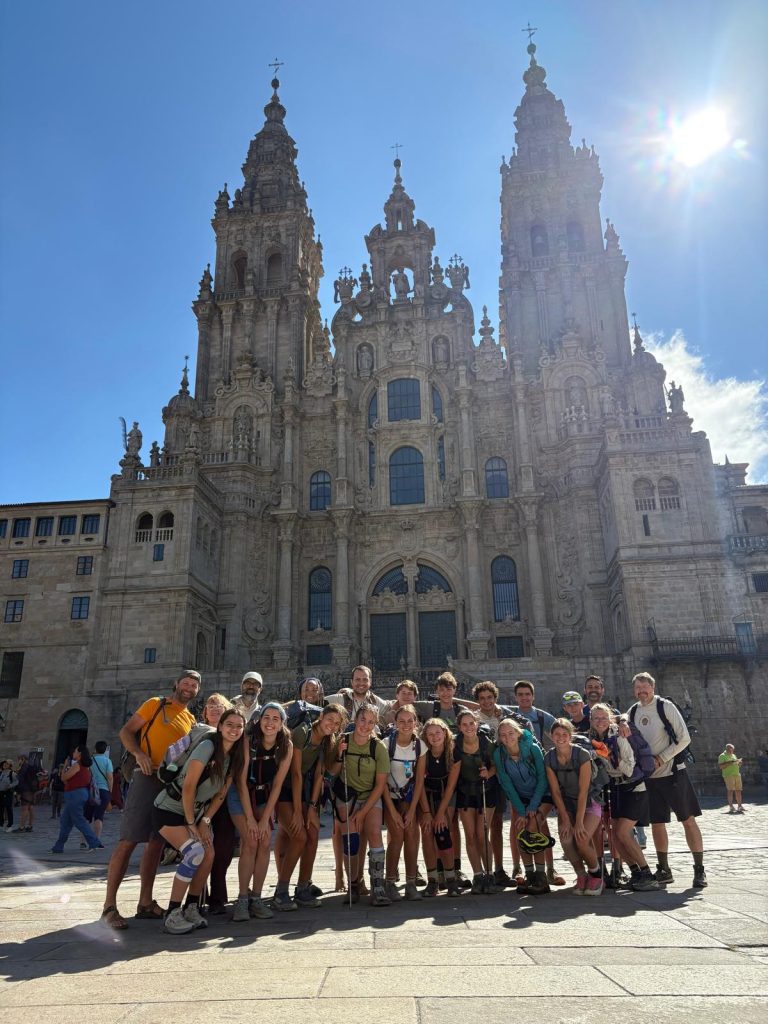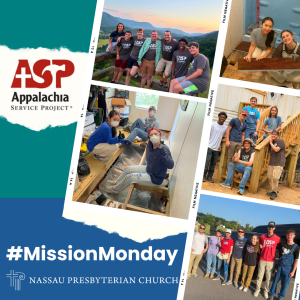II Timothy 1:1-8
September 28
Lauren J. McFeaters
Jump to audio
I am reminded of your sincere faith — a faith that lived first in your grandmother Lois — and your mother Eunice — and now, I am sure, lives in you.
Faith — we pass it on — one to another. Belief — we share it — generation to generation. Lois — Eunice — You.
For Timothy, it’s three generations. Life grounded in Jesus; passed on — and then passed on again.
Lois — Eunice — You. Who is your Lois? Who has been your Eunice?
My Lois and Eunice take the form of the Canadian Catholic Sisters of St. Augustine, whose Mother House is in Old Quebec City, Canada. Their story starts four hundred years ago when several sisters, 16 years old, left the shores of France by ship, and traveled to the shores of New France.
They traveled with one goal: to serve Jesus Christ and care for Indigenous people and settlers in the colony. And because they were skilled apothecaries, they brought medicines and grew medicinal plants.
They created a church in a tent. They opened a clinic for the healing of bodies and they shaped holy friendships. They mended and bandaged and stitched up the broken and infirm, and built a small hospital in the middle of the settlement. You see the word hospital in French is Hotel Dieu, meaning House of God.
Over the last 400 years they have created an entire hospital system: 12 hospitals stretching north throughout Quebec Province. Each with a free clinic, a sanctuary, and a Monastery.
Our Loises. Our Eunices. Life grounded in Jesus; passed on — and then passed on again.
Whatever the disease, the Sisters found a way to treat. Whatever the condition, they found a way to repair. Whatever the complication, they found a way to soothe.
I think Timothy’s Church needs the ministrations of the Sisters of St. Augustine. The Epistles of 1st & 2nd Timothy and Titus are the New Testament writings known as The Pastoral Letters. They give encouragement, thanks, and instruction concerning pastoral issues in the church. I wrestle with some of what’s in the letters, but pastoral care is front and center I love a good pastoral issue. I live for a good pastoral concern.
Here is a church, probably a number of house churches, that need therapeutic intervention. Spirits need reassurance. Hearts need gratitude. Bodies need strength.
What we know is there is distress and anxiety. Times are bleak. The Romans are bearing down, and Christians are swept into prisons to rot, and into Coliseums to be slaughtered.
Paul himself writes this letter under extreme conditions. He’s been arrested — again — in Jerusalem, transported to Rome, and is in prison awaiting trial — the outcome is his death. So, when he hears his Companions in Christ, his friends in the Book of Life, are in need of care, he is more than eager for things to be set aright.
Paul becomes The Apothecary. He plants medicinal herbs and sends a prescription to the Hotel Dieu du Timothy; to the Hotel Dieu Nassau.
As the world rages, he gives courage. As our fears soar, he lays on his hands. All the while bearing witness that God did not give us a spirit of cowardice but rather, a spirit of power — and of love — and of self-discipline.
Just a few paragraphs down, Paul says it like this — In times of distress, people will be self-absorbed, money-hungry, abusive, unholy, unfeeling, haters of the good, impulsively wild, bloated windbags, swollen with conceit, and making a big show of religion — but denying its power. [ii]
We see this every day: Mockery is a profession. Punishment an amusement. Revenge a career.
Beverly Harrison puts it like this: Our world is on the verge of self-destruction because we have so deeply neglected that which is most basic: the work of human caring and nurturance, by the tending of the bonds of community. Because, according to the loudest voices, that work is too insignificant, too non-dramatic, too distracting, from the serious business of world rule.[iii]
Who is your Lois? Who has been your Eunice? Who made sure your life grounded in Jesus. Who passed it on — and then passed on again? Who murmurs to you: “Remember the gift that kindles your heart.” Who do you whisper: “Remember, God does not give us a spirit of cowardice, but rather a spirit of power — of love — of self-discipline.” Remember. Remember. Remember.
If it’s hard to remember, you’ve come to the right place. Because here, our Lord remembers for us. Here at this table we are Remembered. Re-Membered. Put back together and fed so that we might be courageous for the living of these days.
When Jesus says, “Do this in remembrance of me,” he isn’t calling us to a Memorial Meal, to gather around a funeral table to grieve.
“Do this in remembrance of me,” is not a command to wrap ourselves in memories of days gone by. This IS the Memory. He is the Memory.
“Do this in remembrance of me,” means, “I remember you – in the present tense – I am here, the Living Lord. This is the Living Meal. I set this table. I invite you. I welcome you.” “I remember you.” Whatever the disease – Whatever the condition – Whatever the fear – Smell the bread. Taste the cup. Pass it on. Come to the table. Our Lord is here. And he is waiting.
ENDNOTES
[i] II Tmothy 1:1-8 [NRSVue] Paul, an apostle of Christ Jesus by the will of God, for the sake of the promise of life that is in Christ Jesus, To Timothy, my beloved child: Grace, mercy, and peace from God the Father and Christ Jesus our Lord. I am grateful to God—whom I worship with a clear conscience, as my ancestors did—when I remember you constantly in my prayers night and day. Recalling your tears, I long to see you so that I may be filled with joy. I am reminded of your sincere faith, a faith that lived first in your grandmother Lois and your mother Eunice and now, I am sure, lives in you. For this reason I remind you to rekindle the gift of God that is within you through the laying on of my hands, for God did not give us a spirit of cowardice but rather a spirit of power and of love and of self-discipline. Do not be ashamed, then, of the testimony about our Lord or of me his prisoner, but join with me in suffering for the gospel, in the power of God, who saved us.
[ii] II Timothy 3. Adapted from NRSVue and Eugene H. Peterson’s The Message: The New Testament in Contemporary English. Colorado Springs, CO: NavPress Publishing Group, 1993.
[iii] Beverly Wilding Harrison. Making the Connections: Essays in Feminist Social Ethics. Boston: Beacon Press, 1985, 12.
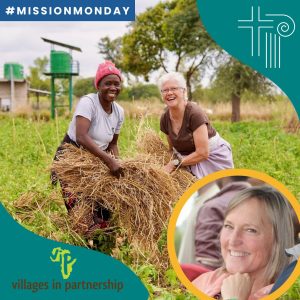 Helping Empower Rural Development
Helping Empower Rural Development

